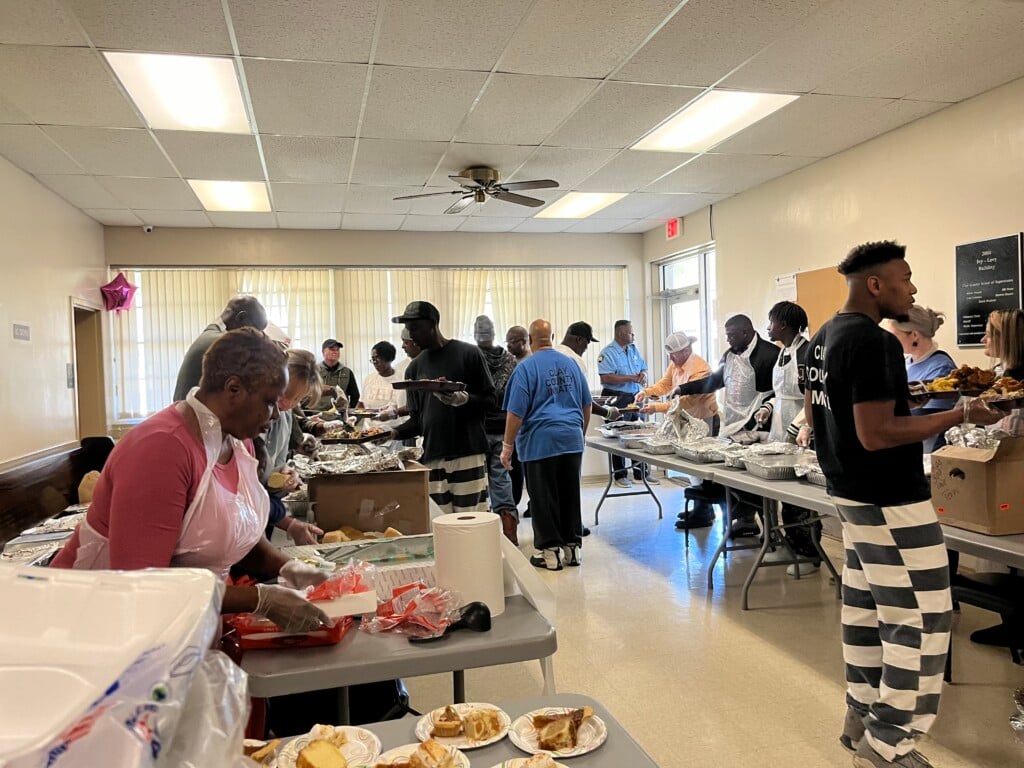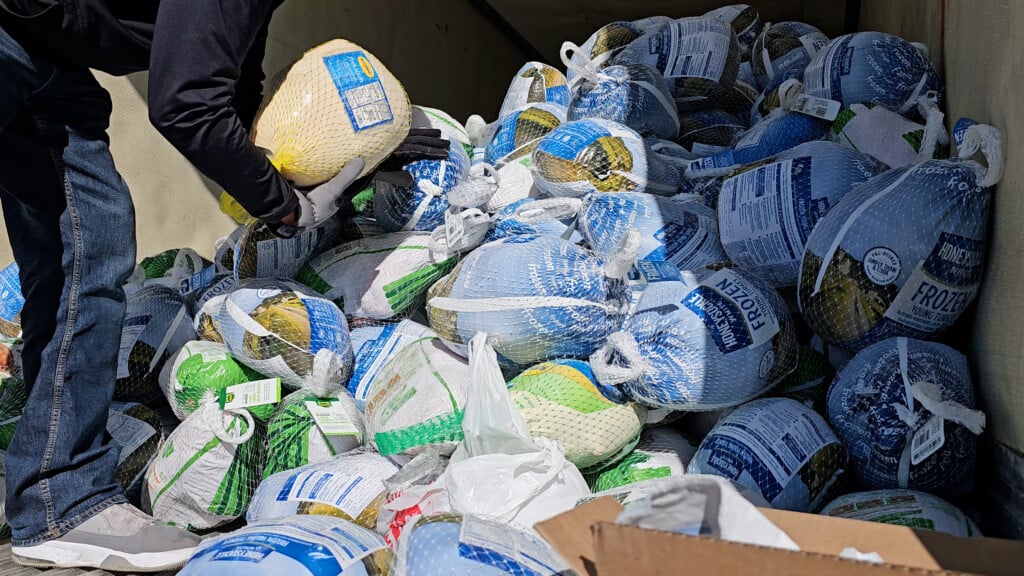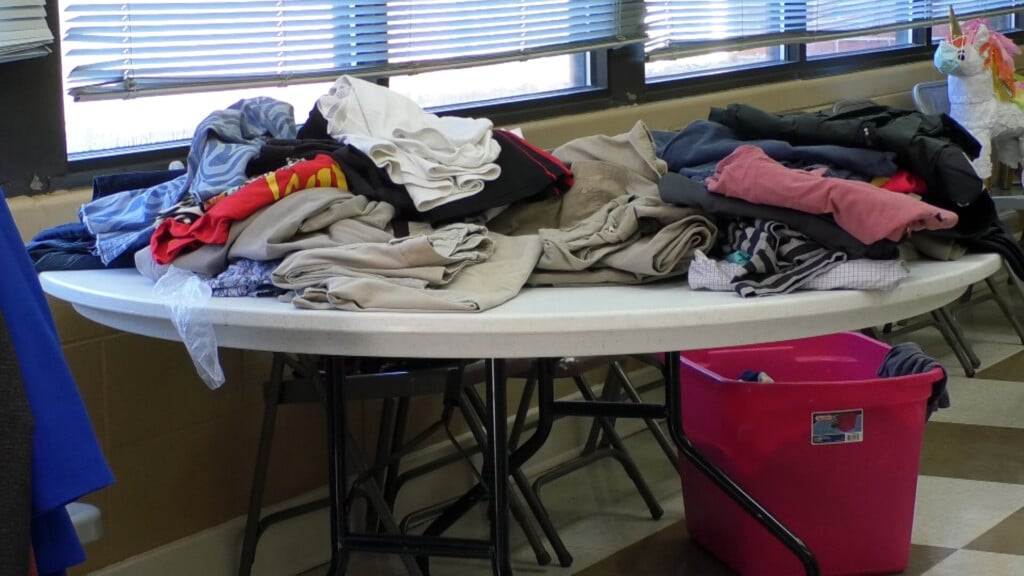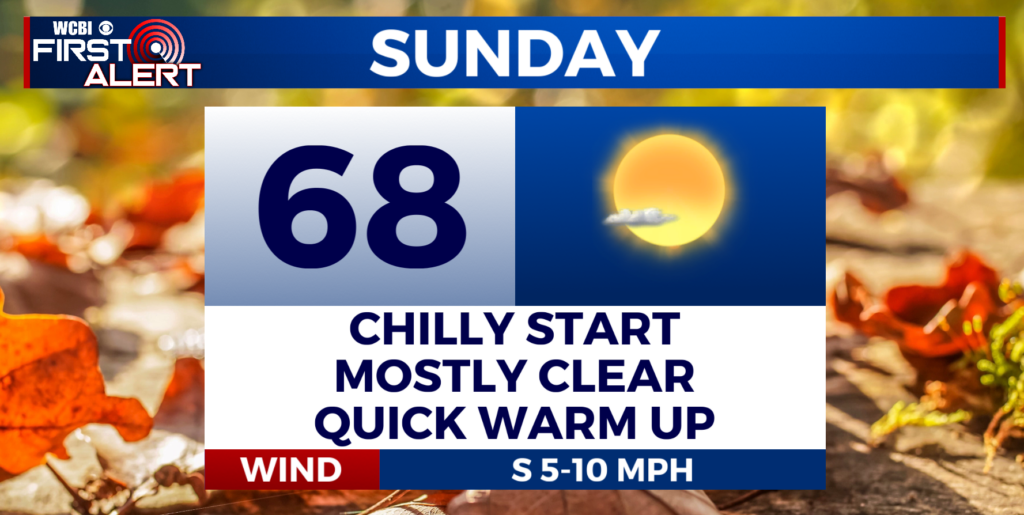State Soybean Value Grew $1 Billion Since 2006

These soybeans in Oktibbeha County were part of the record 45-bushels an acre harvested in 2012 and 2013. The crop increased $1 billion in value in six years.
By Bonnie Coblentz
MSU Ag Communications
STARKVILLE, Miss. — Soybeans have been an important commodity in Mississippi for more than 50 years, but recent advances have pushed the crop’s value above $1 billion.
Mississippi soybeans had a value of $267 million in 2006, $1.27 billion in 2012 and $1.17 billion in 2013. Prices have been high for the past several years, but state producers put more effort into management and increased yields to a record average of 45 bushels an acre in 2012 and 2013.
“Soybean prices have been favorable in recent years, and combined with better management to produce higher yields, the crop has become an even more significant contributor to agricultural value in the state,” said Greg Bohach, vice president of the Mississippi State University Division of Agriculture, Forestry and Veterinary Medicine. “In the past decade, yields have steadily increased. The acreage devoted to soybeans has stayed fairly constant at about 2 million acres for the last six years.”
In 1961, Mississippi soybean producers harvested 1 million acres for the first time. Their fields yielded 22.5 bushels per acre and the crop was valued at about $60 million. Over the following decades, the crop gained ground and improved yields, due in part to MSU’s research and Extension efforts.
In 2006, producers harvested 1.65 million acres of soybeans at an average yield of 26 bushels an acre. Just seven years later, soybean producers set a record average yield of 45 bushels an acre harvested from 1.99 million acres.
Brian Williams, Extension agricultural economist, said price, yield and acreage drove the increase.
“Since 2003, Mississippi producers have broken the soybean yield record three times and tied it a fourth time,” Williams said. “Price has also increased significantly over the past 10 years. In 2001, soybean prices were under $5 per bushel, and they are trading at over $14 a bushel today.”
Williams said soybean yields the last two years are almost 20 bushels an acre better than they were in 2006. While that was a particularly bad year for production, yields have consistently improved from the early 2000s.
“There is no doubt that Mississippi growers have improved their soybean production,” he said.
Soybean is one of the least expensive crops to grow and in the past was planted on some of the less productive farmland with limited management. The MSU agricultural division began extensive efforts to improve soybean production in the state, and the results have been dramatic.
“Both MSU and the Agricultural Research Service of the U.S. Department of Agriculture began substantial support of the soybean enterprise in the 1960s,” Bohach said.
The MSU Extension Service and the Mississippi Agricultural and Forestry Experiment Station, known as MAFES, began investing significant resources into the crop at that time.
“Dr. Edgar Hartwig at Stoneville was developing new soybean varieties, such as Lee, Bragg, Lamar, Sharkey and Forrest. These proved extremely beneficial for the Southern soybean industry and helped earn Dr. Hartwig a place in the Agricultural Research Service Hall of Fame,” Bohach said.
MAFES began work on soybean varieties, fertility, and weed and insect control. In 1972, the Mississippi Legislature founded the Soybean Promotion Board, which has helped fund research and Extension activities that significantly contributed to increasing soybean yields.
The Extension Service, which is marking its centennial anniversary in May, continues its mission to deliver research-proven information to the people of the state.
“Extension and research activities such as the SMART program in the past and the PHAUCET irrigation tool have been major factors in helping our producers harvest a crop valued at more than $1 billion for the first time ever in 2012 and again in 2013,” Bohach said.
SMART stands for Soybean Management by the Application of Research Technology, while PHAUCET stands for the Pipe Hole and Universal Crown Evaluation Tool.
Danny Murphy, owner of Murphy Farms in Madison County and chairman of the executive committee of the American Soybean Association, said soybeans have become a competitive crop today.
“You have to go back 20 years or more to when Alan Blaine was the Extension soybean specialist and Larry Heatherly at Stoneville helped pioneer the early-production system we use now,” Murphy said. “Their work elevated the soybean crop to where it was treated as important and not a stepchild as it may have been over its past history.”





Leave a Reply